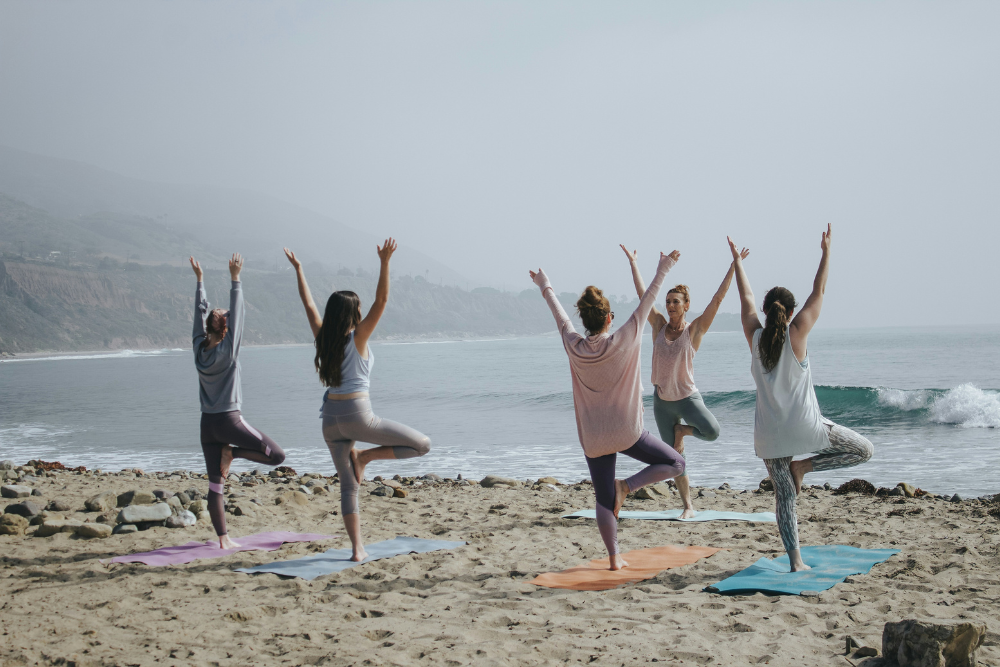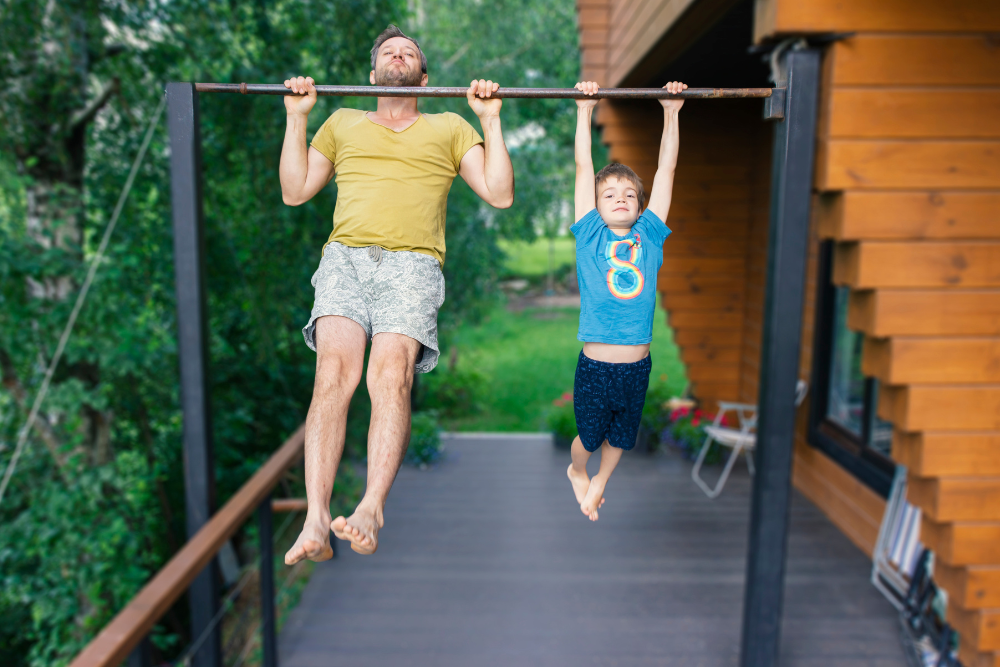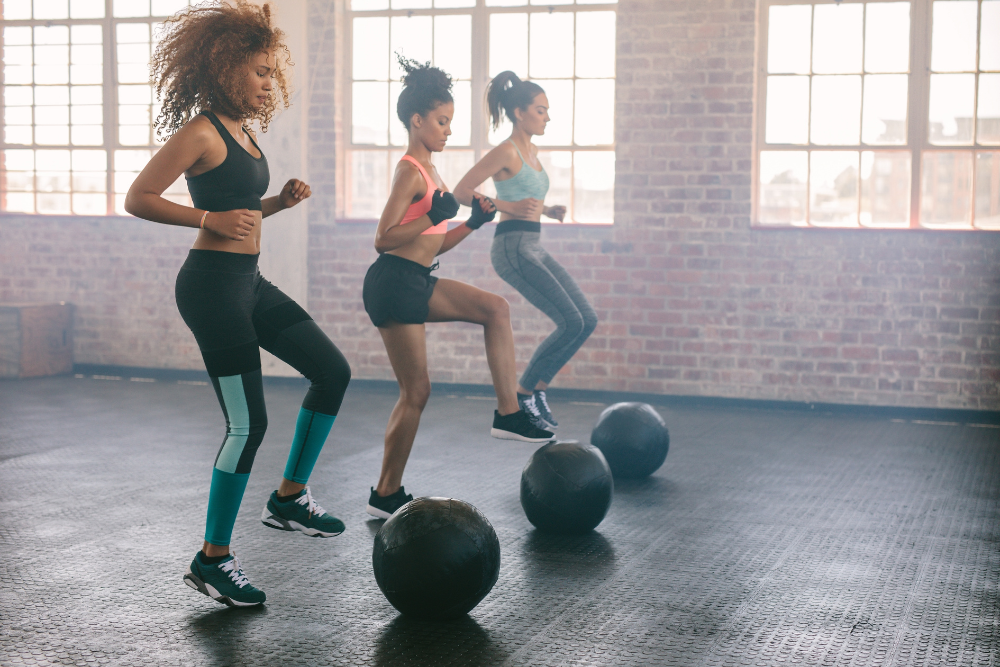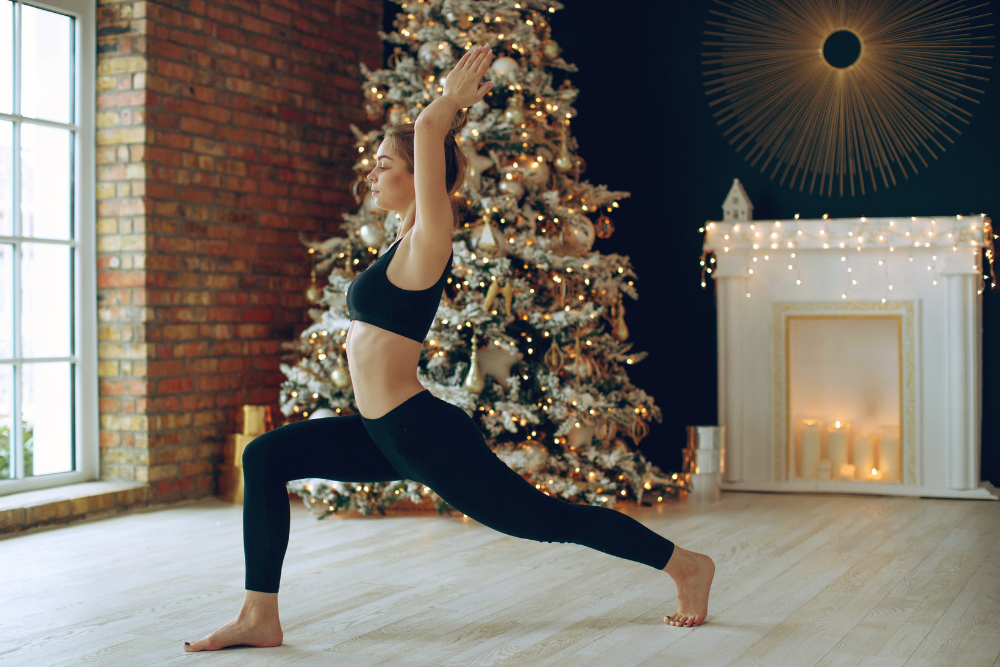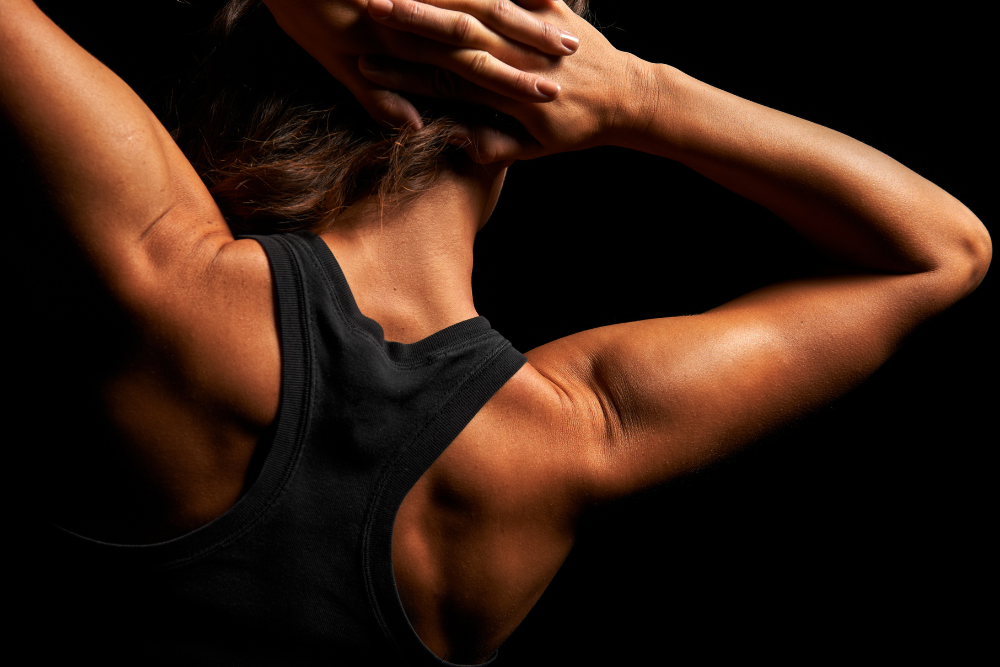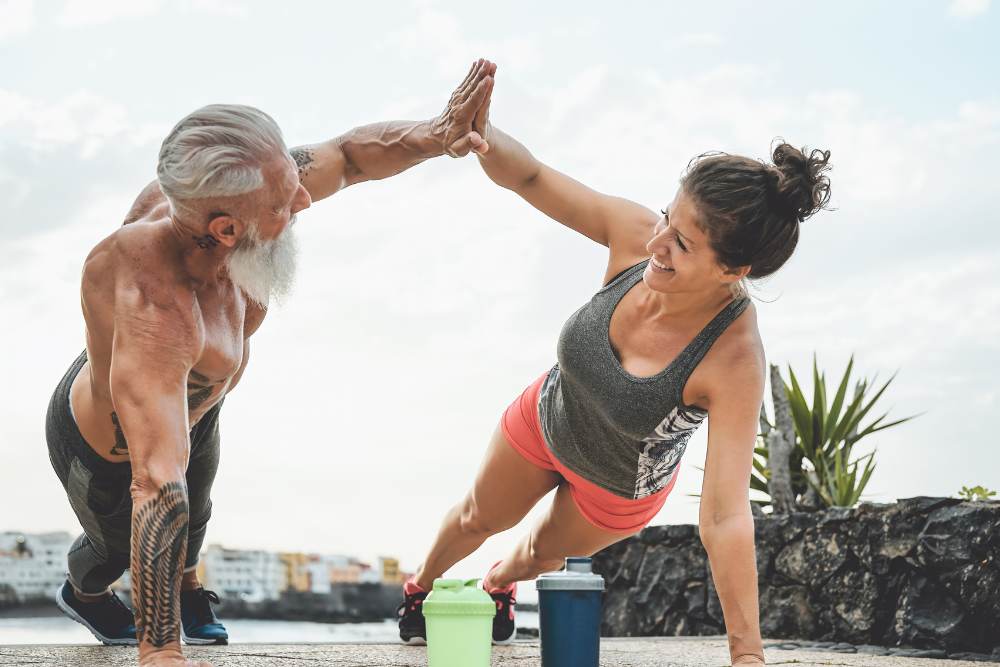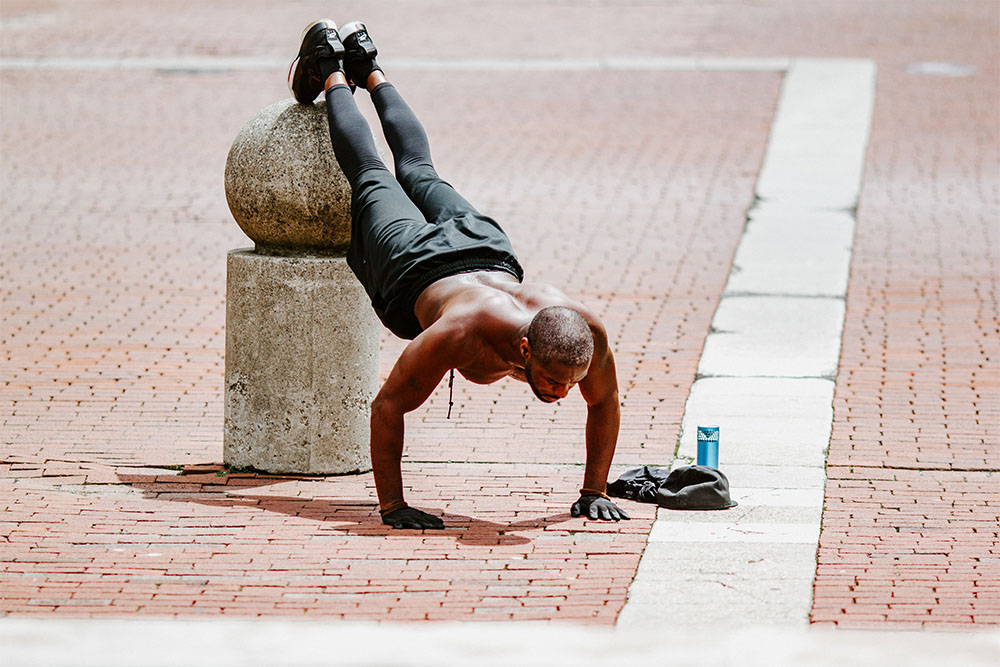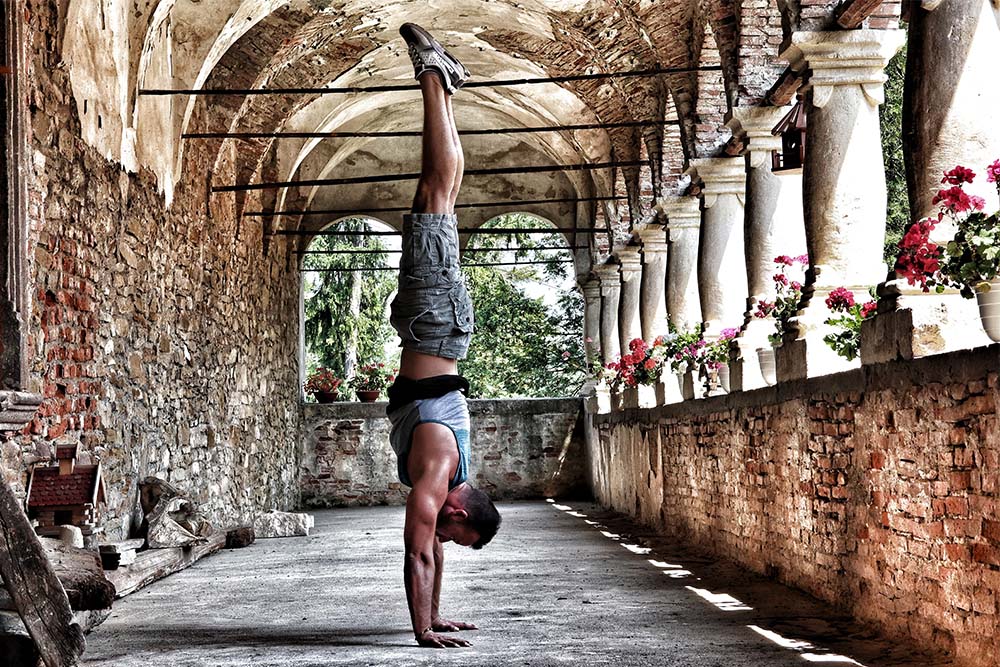Get Motivation to Exercise: Rats Do It, You Can Too
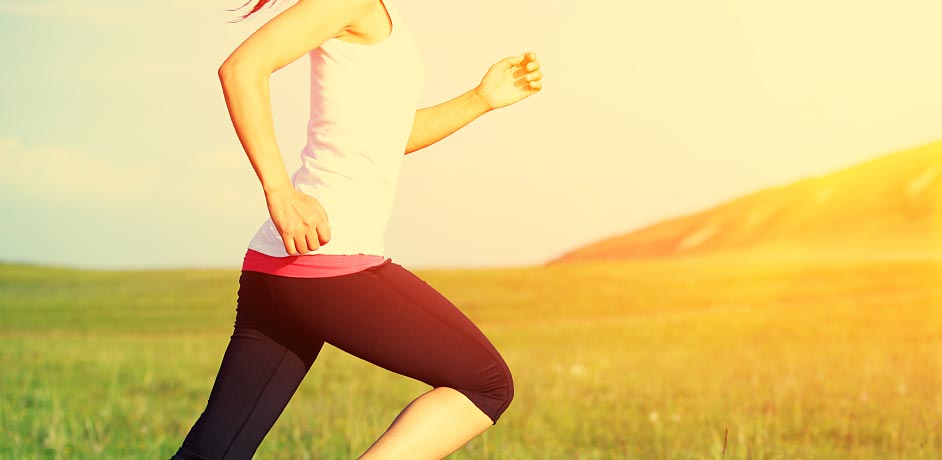
Author: Julia C. Basso, PhD
Affiliation: Post-doctoral Research Associate at New York University, Center for Neural Science
As the holidays approach, it is sometimes difficult to find the time and motivation to work out. There are so many things to be doing like buying gifts for kids and grandkids and getting prepared for big holiday gatherings. Even if you have the time, sometimes the motivation to exercise is not there. The American Heart Association and Center for Disease Control recommend that we get about 30 minutes of exercise per day; however, 75% of the US population does not attain this level of exercise and 25% does not exercise at all. These startling statistics may be because of a general problem with the motivation to exercise. For my doctoral work, I was interested in investigating the motivation to exercise. To do this I studied the behavior of voluntary wheel running in rodents.
Voluntary wheel running in rodents has been proposed as a pre-clinical model for exercise in humans (Eikelboom, 1999) and rightly so as rodents are extremely motivated to exercise. Rodents run between 5 to 15 kilometers (~3-9 miles) per day, with one rodent reportedly running as far as a marathon (43 km) (Sherwin, 1998). As I started to investigate this behavior, I found that wheel running distances progress over time. Adult rodents increase running distances over the course of 3 weeks and then remain at these stable distances for several months. As rodents age (and get increasingly heavier with age), running distances decrease. However, at least in young adulthood, running distances remain high and stable.
Differences In Motivation
During this period, I noticed distinct differences between males and females. That is, on average, females ran approximately 1.5 times farther and faster than males. Because of this gender difference in the daily distance run, I was interested in determining whether females were more motivated than males to engage in physical activity.
To do this, I used a tactic called a conditioned place preference test, which enables scientists to study the motivation to engage in particular behaviors. Essentially, you can teach an animal to learn that one environment is associated with a particular thing or event, such as wheel running. Once the animal learns this association, you can then ask the rodent which experience they prefer by allowing them to freely explore both environments and calculating the time they spend in each.
In this case, it took the rats 2 weeks to learn that one environment was associated with the experience of exercise and another environment was associated with being sedentary. When we asked the rats what they preferred, about 70% of the animals said they preferred the experience of exercise (Basso & Morrell, 2015). Further, both males and females equally preferred the experience. Thus, the fact that females run more than males does not indicate that they like it anymore.
Craving Exercise
Next, I was interested to assess whether I could create a situation of exercise craving in animals that had become active exercisers, inspired by literature in the field on addiction. A particular situation arises when rats are deprived of either natural substances, like food, or pharmacological substances, like alcohol or cocaine. That is, when rats are re-exposed to the substance, they binge on it. I was curious if the same type of thing would happen with wheel running. Therefore, I first allowed the rats to run on the wheels for 21 days at their leisure. I then deprived them of their wheels for 72 hours. When I returned their wheel they had a tremendous burst of running, as high as their most active observed period. The rats binged on their exercise, similar to other drugs of abuse.
Exercising A Craving
I then utilized this binge exercise response to establish which areas of the brain are involved in the motivation for this behavior. Scientists are able to temporarily inactivate certain brain regions to determine if they are involved in particular behaviors. The reward circuitry of our brains is involved in the motivation to consume other naturally and pharmacologically rewarding stimuli. Thus, I thought this would be a good place to start in terms of investigating the motivation for physical activity.
Consequently, I temporarily inactivated both the nucleus accumbens and medial prefrontal cortex, two areas that receive dopamine from the ventral tegmental area. In general, dopamine is a neurotransmitter involved in pleasure and reward. When I did this and re-exposed the animals to their wheels after a period of deprivation, they no longer binged on their exercise. For this first time, this work revealed that these two areas mediate the motivation to engage in exercise (Basso & Morrell, 2015).
 How To Find Motivation
How To Find Motivation
So where does this leave us with getting up the motivation to exercise? This collection of work tells us several things. The first time you get on the treadmill, you are not going to be an expert. It will take time to build up your workout routine. However, once you do, which will be a process that takes several weeks, the routine will become habitual and you will be able to sustain that level of workout for a long period of time.
Second, you will come to like your workout environment. Because exercise is associated with pleasurable feelings, you will learn to like your gym or yoga studio. Third, in order to get motivated to exercise, you have to exercise. By exercising on a regular basis, you will actually come to crave more exercise. Once you make exercise a part of your routine, the time in between your workouts will serve as a sort of exercise deprivation and help you to get up the motivation to exercise more.
Third, in order to get motivated to exercise, you have to exercise. By exercising on a regular basis, you will actually come to crave more exercise. Once you make exercise a part of your routine, the time in between your workouts will serve as a sort of exercise deprivation. And this will help you to get up the motivation to exercise more.
Motivation As A Barrier
As Gretchen Reynolds of the New York Times points out in her most recent post on exercise, “physical fitness may be critical for maintaining a relatively youthful and nimble brain as we age.” The motivation to exercise is one of the main barriers keeping people of all ages from engaging in this healthy behavior. Hopefully, this work starts to explore the brain mechanisms underlying this problem. From data on the 2014 National Health Interview Survey, we know that as we age, the percentage of individuals who meet the guidelines for physical activity significantly decreases. Therefore, future research is warranted, with paradigms similar to the ones described above, to investigate whether these statistics reflect age-associated problems with the motivation for exercise and whether exercise itself can help to correct this issue.
References:
Basso, J. C., & Morrell, J. I. (2015). The medial prefrontal cortex and nucleus accumbens mediate the motivation for voluntary wheel running in the rat. Behavioral neuroscience, 129(4), 457.
Center for Disease Control (2015). Early release of selected estimates based on data from the national health interview, survey, 2014. http://www.cdc.gov/nchs/data/nhis/earlyrelease/earlyrelease201506_07.pdf
Eikelboom, R. (1999). Human parallel to voluntary wheel running: exercise. Animal Behaviour, 57(3), F11-F12.
Sherwin, C. M. (1998). Voluntary wheel running: a review and novel interpretation. Animal behaviour, 56(1), 11-27.
Reynolds, G (2015). Does exercise help keep our brains young? New York Times. http://well.blogs.nytimes.com/2015/12/09/does-exercise-help-keep-our-brains-young/
You Might Like:

